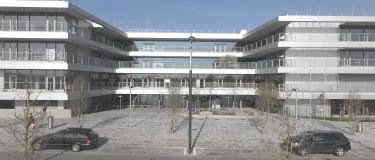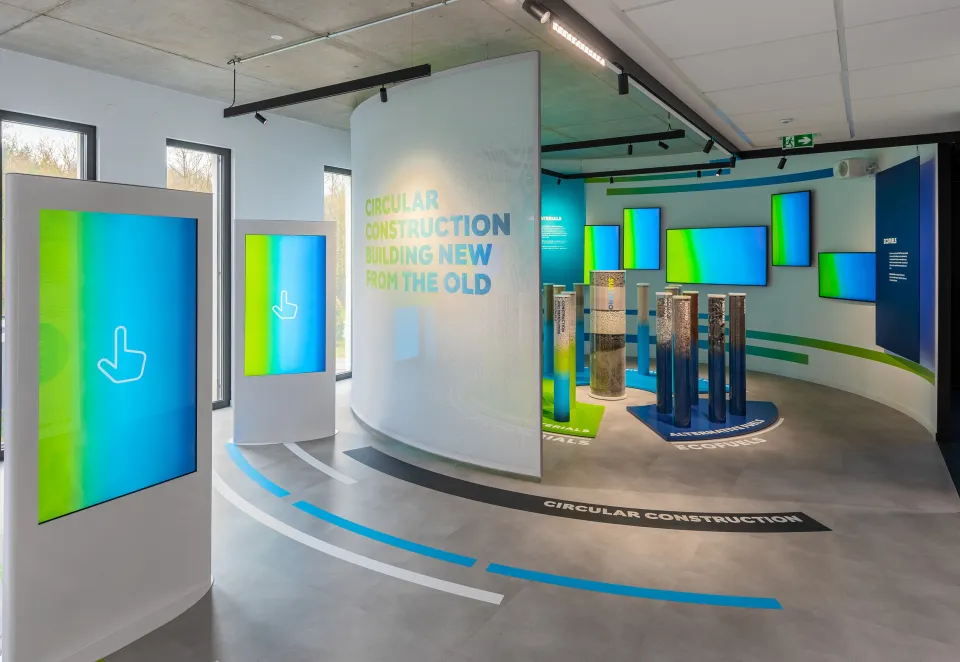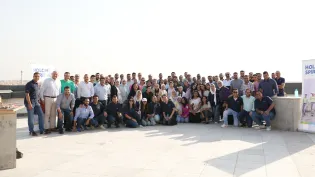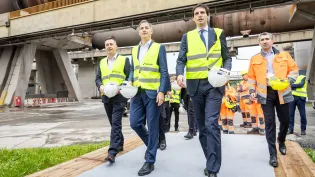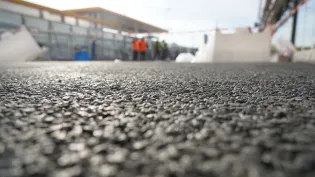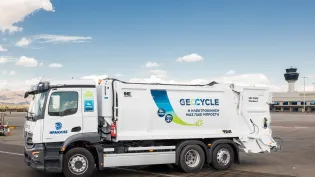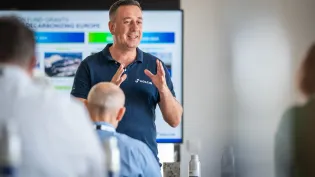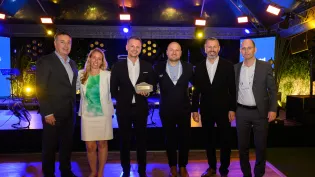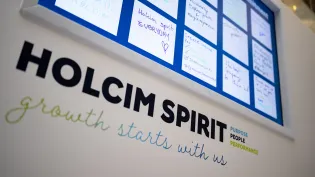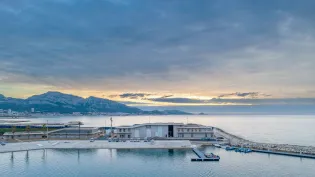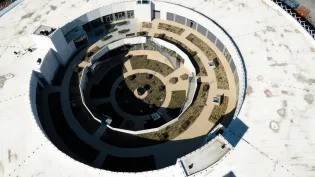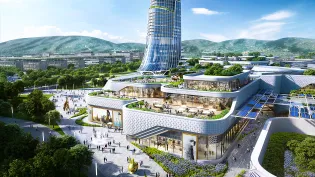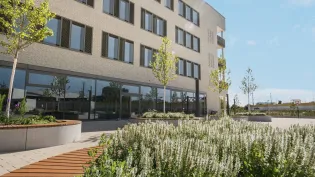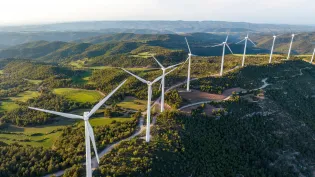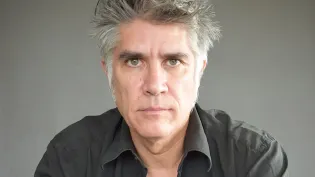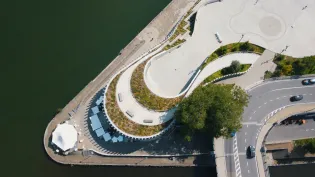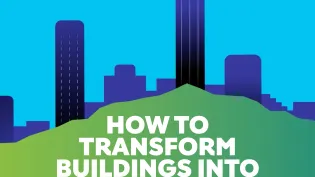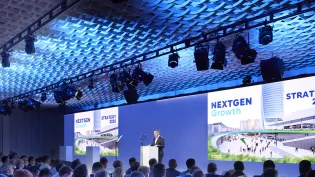Building one of Vienna’s most energy-efficient schools with low-carbon materials
The need to transition to renewable energy sources and rising costs for heating and cooling buildings means that the places where we live, learn and work must be designed to be as energy-efficient as possible.
With low-carbon cement, Holcim contributed to sustainably building one of the most energy-efficient schools in Vienna, the Bildungscampus Seestadt. It is able to cover 90% of its own energy needs thanks to a geothermal energy process that is optimized by concrete’s thermal activation properties.
It is a showcase project for the whole educational architecture sector.
Covers more than 90% of energy needs with renewables
Thermal concrete activation instrumental in storing energy
Holcim’s low-carbon cement reduced CO2 emissions by 32% during construction phase
The challenge
Renewables are the cheapest form of power today, as confirmed by a report from the International Renewable Energy Agency. However, in many cases, using renewable energy means relying on the sun and the wind. But there’s no sun at night and the wind does not always blow, so these sources do not necessarily meet the energy needs of buildings at all times.
This means that the buildings of the future need to consider effective energy storage already during the design phase.
The solution
Thermal concrete activation (TCA), also known as component activation, is one of the most effective solutions to achieve energy storage.
What is thermal concrete activation?
Concrete is excellent at storing and conducting heat. Concrete load-bearing components can play the role of energy storage units if they are designed intelligently to store thermal energy.
During the construction of a building, pipes can be introduced into large-scale concrete components (such as ceilings and floor slabs) through which warm or cool water is routed as required. The system basically pre-charges buildings with energy that can be stored and released for heating and cooling as needed, covering their energy needs at all times.
This solution is also highly scalable: In terms of supply chain, handling and construction, few materials are likely to be as cost effective, easy to obtain and simple to use as concrete.
Bildungscampus Seestadt Aspern Nord, a school in Vienna’s Aspern neighborhood, is a pioneering project in energy-efficient architecture solutions and building services engineering. It employs a future-oriented energy concept, which was specially designed for the use of renewable energy and its storage in the building through component activation.
The educational campus is largely energy self-sufficient. It relies, in part, on a geothermal energy process that is optimized thanks to concrete’s thermal activation properties.
Holcim provided low-carbon cement to ensure that the concrete used for thermal activation purposes was produced as sustainably as possible. Nowadays, cements with a lower carbon footprint are part of ECOPlanet, Holcim's range of low-carbon cement.
The result
During the winter, the ground source heat exchangers with heat pumps take the warmth for heating from the ground. In the summer, excess heat can be fed back into the exchanger pipes. That creates a heat reservoir for all seasons. The heat pumps are powered by solar panels, making the system self-sufficient when it comes to energy production.
This sophisticated energy concept provides for a virtually maintenance-free system with zero operating costs, and today the Bildungscampus Seestadt is an almost energy-autonomous building with the help of solar, wind and geothermal energy as well as storage mass.
By using Holcim’s low-carbon cement for concrete production, the project also reduced CO2 emissions by 32% compared to CEM I that is still used in some parts of the world.
Like in this sustainable school in Vienna, smart design and the use of Holcim’s range of low-carbon cement, ECOPlanet, and low-carbon concrete, ECOPact, for thermal concrete activation can play a major role in the decarbonization of cities all around the world.
Energy efficient, environmentally friendly and affordable, it can effectively accelerate the phaseout of fossil fuels in the built environment, reduce household energy costs and contribute to housing affordability.





